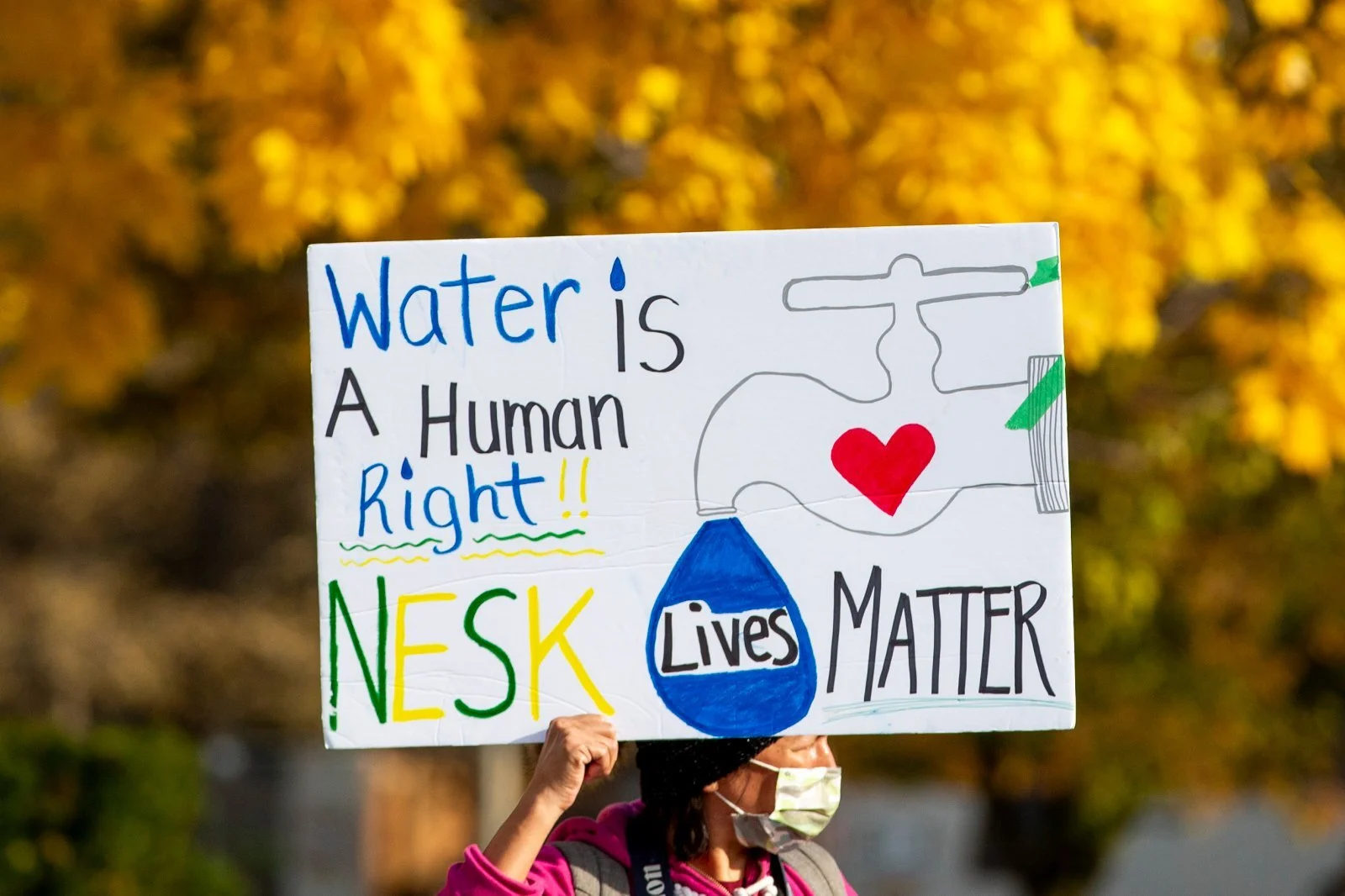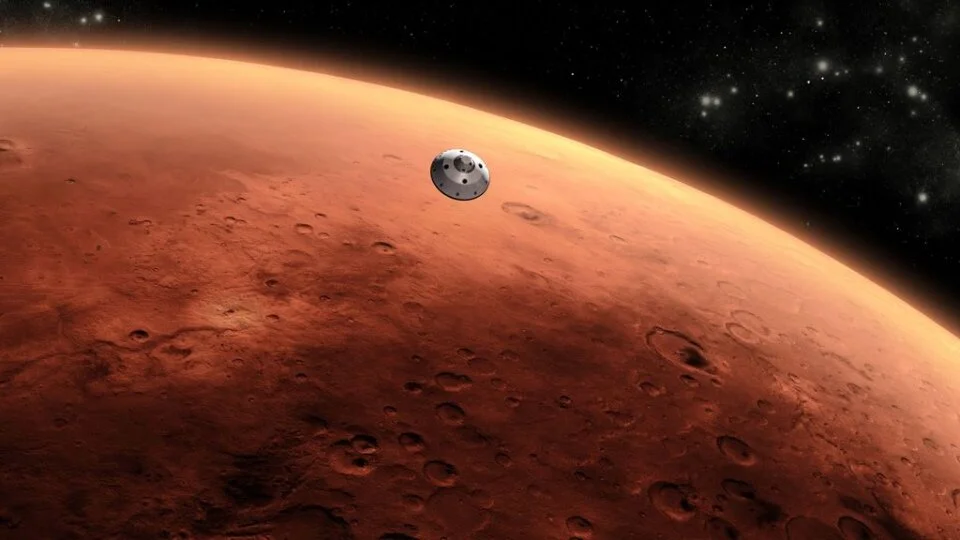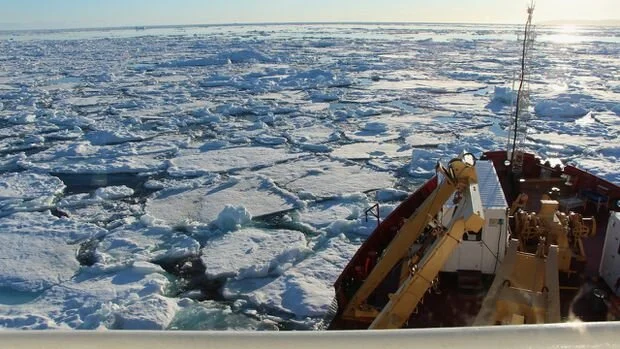Although most of us would gag at the thought of drinking water that’s been left sitting out for days on end unless we were desperate, the same can’t be said for the scientists involved in an incredible study. In 2013, scientists from the University of Toronto discovered the water over 1.5 miles beneath Earth’s surface, left isolated from the outside world for millennia in Timmins, Ontario, Canada. Most people would probably agree that this isn't a liquid for drinking, and is between 1.5 billion and 2.6 billion years old. But apparently professor Barbara Sherwood Lollar isn't most people. As lead researcher, Lollar tried the water and herself and judging by her reaction, it tasted just as nasty as it sounds.
90% of Great Lakes water samples have unsafe microplastic levels – report
About 90% of water samples taken over the last 10 years from the Great Lakes contain microplastic levels that are unsafe for wildlife, a new peer-reviewed paper from the University of Toronto finds. About 20% of those samples are at the highest level of risk, but the study’s authors say the damage can be reversed if the US and Canada quickly act. “Ninety per cent is a lot,” said Eden Hataley, a University of Toronto researcher and study co-author. “We need to answer some basic questions by monitoring … so we can quantify risks to wildlife and humans.”
Could Toronto make drinking fountains accessible year-round? This engineering grad says yes
A group of engineering students says it's found a way to make drinking fountains available year-round in Toronto, and is calling on the city to pour out the funds to make that vision a reality. The solution sprang from a University of Toronto class project on technology for global development, where five students were tasked with finding a way to make drinking fountains operational throughout the year.
Health Canada proposes lower detection levels of 'forever chemicals' in drinking water
So-called “forever” chemicals are being consumed by people on a daily basis from a variety of ordinary materials, revealed a new report. In a study published in Environmental Science and Technology, researchers from the University of Toronto, Indiana University and the University of Notre Dame examined 42 different types of food packaging samples and found the presence of pre-and polyfluoroalkyl substances (PFAS), also known as “forever chemicals” in 55 per cent of the samples taken.
Decline in Toronto's COVID-19 infections could be slowing or plateauing: wastewater data
Newly released wastewater data suggests that the recent decline in COVID-19 transmission in Toronto could be slowing or even plateauing but the city’s top health official says that she still remains cautiously optimistic about the weeks ahead. The data, which was posted to the city’s website on Friday morning, provides the most detailed look yet at the results of a wastewater surveillance project being conducted in collaboration with researchers from Ryerson University and the University of Toronto.
Iqaluit’s water test results: what we know and don’t know
Graphs released last week that show what has contaminated Iqaluit’s drinking water don’t include enough information to be useful, say two University of Toronto professors. Nunavut’s chief medical health officer, Dr. Michael Patterson, presented and interpreted the graphs at an Oct. 22 news conference. They are missing key information, including labelling and actual concentrations for each compound detected, said Miriam Diamond, a professor of earth sciences at the University of Toronto. Diamond is one of two experts Nunatsiaq News asked to help interpret how the data were presented in the graphs.
Industrial plastic is spilling into Great Lakes, and no one's regulating it, experts warn
As the people of Toronto flocked to the Lake Ontario waterfront to swim, paddle and generally escape pandemic isolation, Chelsea Rochman's students at the University of Toronto were throwing plastic bottles with GPS trackers into the water. The research team's goal is to track trash that ends up in the lake, to figure out where it accumulates in the water and where it's coming from in the first place. Using information from the tracking bottles, they chose spots to put in Seabins — stationary cleaning machines that suck in water all day and trap any garbage and debris — at marinas along the waterfront. They are emptied daily, and the debris collected in them is examined to ferret out what kinds of trash is getting into the lake.
Higher levels of organic pollutants found in homes located near natural gas wells: U of T study
A University of Toronto study has found that those living close to natural gas wells are exposed to higher levels of certain organic pollutants in their homes. The study looked at levels of volatile organic compounds (VOCs) found in the air and drinking water in homes of pregnant women living in a region of northeastern British Columbia. “There’s very little research about indoor air quality in regions with a lot of unconventional natural gas exploitation,” says Élyse Caron-Beaudoin, an assistant professor in the department of health and society at U of T Scarborough and lead author of the study.
Explained: Why finding the ‘oldest water on Earth’ matters in the quest for life on Mars
The discovery of the water 2.4 km below the Earth’s surface has since been heralded as one of great importance, given its ramifications on what we know about the origin and evolution of our planet, the nature of water and life, as well as the possibility of finding life on Mars. Investigations into the highly saline water led to a pathbreaking discovery: scientists found that chemolithotrophic microbes– bacteria that can thrive in the most extreme surroundings– had been able to survive in the subterranean liquid.
How colonial systems have left some First Nations without drinking water
Rebecca Zagozewski, executive director of the Saskatchewan First Nations Water Association, said she has seen contractors save on costs when building water treatment plants on reserves by using obsolete parts and failing to include maintenance manuals, ventilation or chemical rooms, and bathrooms. “Engineering companies will put in their bids obviously as low as they can go,” said Zagozewski.
Life on Mars? Ancient water in Ontario could help unlock the mystery
Life found in ancient water flowing through a northern Ontario mine could eventually help scientists unlock the mystery about whether there was ever life on Mars, according to a scientist at the University of Toronto. Barbara Sherwood Lollar, a professor of geochemistry, led a team of researchers at the Kidd Creek mine north of Timmins, Ont. that extracted the oldest sample of water ever found – almost 2 billion years old – from 2.4 kilometres underground.
Canadian Arctic awash in microplastics, study finds
In the first large-scale survey of its kind in the region, researchers sampled more than 30 locations across the eastern Arctic and Hudson Bay and were able to detect microplastics nearly everywhere they looked, including in surface waters, marine sediments and in the guts of zooplankton – the tiny, floating organisms that occupy the base of the Arctic food chain. And while the long-term effects of the materials on the environment and on human health remain largely unknown, the results suggest widespread exposure is becoming inescapable, even for people living in the most remote areas of the globe.
Oneida Nation of the Thames tap water different than neighbouring non-Indigenous communities
ONEIDA NATION OF THE THAMES — Jennifer George’s home sits on a gravel road that separates this Indigenous community near London, Ont., from the neighbouring township of Southwold. On George’s side of the road, virtually no one trusts the drinking water that flows from the Thames River to their homes. Many have the same 18-litre blue jugs that line the floor of George’s kitchen, ubiquitous sources of water for drinking and cooking.














